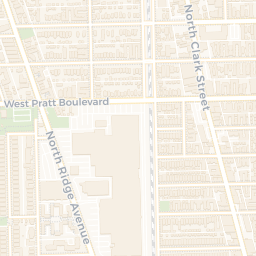
While ride-sharing administrations like Grab, Uber, and Gojek have turned into an inescapable piece of life, numerous nations in the Asia Pacific area are as yet unconvinced with regards to miniature mobilities, for example, bicycle and bike-sharing. While the accommodation presented by these is extraordinary, particularly in this Covid-19 time when individuals might stay careful about swarming in transports and metro trains, there is a requirement for top to bottom information on these new transportation choices to assist with directing approaches and guidelines like scooters in new orleans .
A gathering of researchers in the Senseable City Lab at MIT and the Future Urban Mobility (FM) Interdisciplinary Research Group at the Singapore-MIT Alliance for Research and Technology (SMART), MIT’s exploration venture in Singapore, set off to more readily comprehend the peculiarity and illuminate strategy-making through a relative investigation of bicycle sharing and bike sharing exercises in Singapore.
The specialists shared their discoveries in a paper named “Understanding spatio-fleeting heterogeneity of bicycle sharing and bike sharing versatility” distributed in the diary Computers, Environment and Urban Systems. The review depends on genuine utilization records containing area and season of flights and appearances in two particular regions in Singapore.

Additionally discoveries :
“We built authentic directions of the bicycle sharing and bike sharing excursions and thought about using examples of the two frameworks at the Marina Bay region and the NUS grounds,” says Rui Zhu, a postdoc at SMART FM. “Our outcomes showed expanded sharing recurrence and diminished armada size for bike-sharing, recommending that it performs better compared to bicycle sharing.”
All the more explicitly, the sharing recurrence was expanded from short of what once each day for bicycle sharing to multiple times each day for bike-sharing, however, the scientists accept that can be worked on considerably further to make more productive assistance.
The investigation additionally discovered that common bikes in Marina Bay were every now and again left away from their assigned parking spots or charging stations, demonstrating expensive and work escalated upkeep since representatives need to gather and move bikes between stations persistently. Nonetheless, the insights additionally showed that more than 28% and 26 percent of excursions withdrew from and showed up at non-stations separately, proposing that clients really used the majority of the improperly brought bikes back.
Likewise, the review uncovered quantitative changes in stumbles over the long haul, distances, and length, and the impact of climate on the interest of miniature mobilities.
“In Singapore and a couple of different urban areas, dockless bicycle-sharing frameworks rose and fell in only one year, trailed by a blast of docking bike-sharing frameworks. In any case, we didn’t have the vital bits of knowledge for suitable business and strategy choices,” Zhu clarifies. “Our review goes further into the issues and potential outcomes of miniature versatility sharing and proposes how these administrations can be gotten to the next level.”
To work with reasonable bike-sharing help, the scientists propose advancing the armada size of stations and their areas, controlling restoring practices all the more rigorously, empowering bikes to have independent repositioning usefulness, and expanding the valuable battery duration of bikes.
To build battery duration, they propose introducing a photovoltaic module on bikes for sun-powered charging during outings and stopping time or preparing customary dock-based stations with framework charging or sun based charging stages, taking into account a harmless to the ecosystem arrangement that will actually want to diminish carbon impressions.
